A Little Clay Bowl
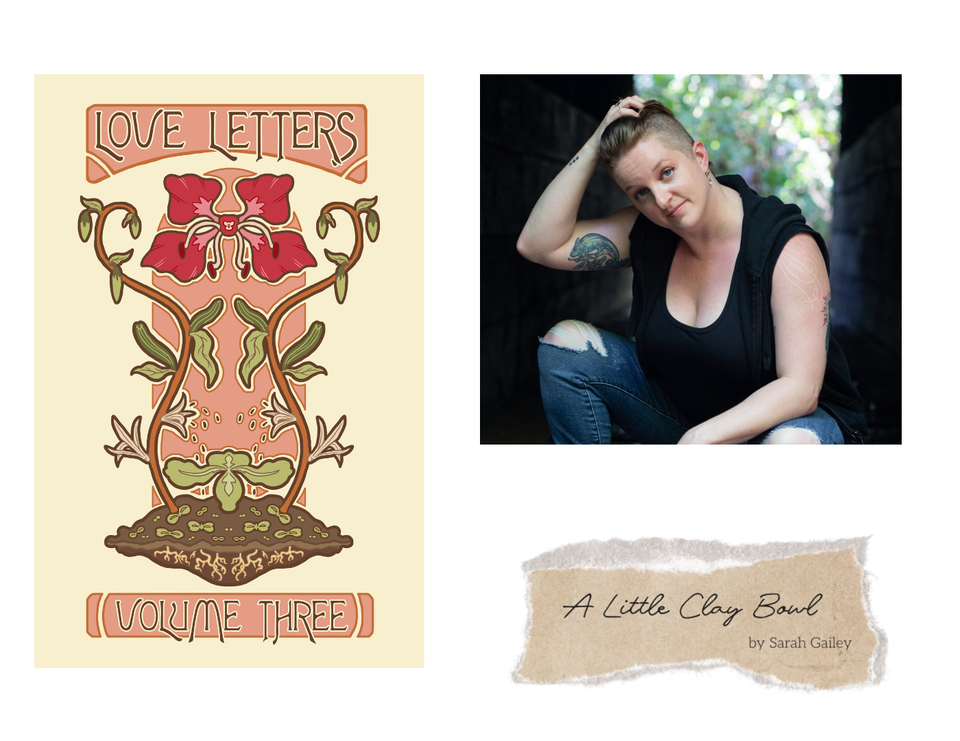
I have acquired a tiny clay bowl. It is the size of my cupped palm, dark blue, cool to the touch and heavier than it looks. The bottom of the bowl bears a maker’s stamp, off-center, pressed into the bowl by the hands that shaped it.
The clay that made this bowl is, to my mind, the epitome of Earth. Clay in its raw form is slippery, but not too slippery to grasp. It spreads, but it doesn’t pool. It’s dense, unelusive, sure of itself. It holds impressions of the things that impact it. I think of dry clay as less solid than wet clay, because of how it cracks and crumbles. When clay is alive and soft, it can be pummeled and torn apart, formed and destroyed and reformed. When it dries to a stop and becomes fixed, it requires more tenderness, and brokenness becomes permanent. Stability can be a form of fragility.
To become what it is, the little bowl had to embrace that fragility. It was guided there by sure, steady hands–hands that knew the shape they wanted from the clay and asked it, over and over, with touch after touch, to become the thing desired. Those hands used a wire to cut the clay, used water to soften the clay, used pressure to stretch and mold the clay. The clay sank deep into nailbeds and the crevices of knuckles and the creases of palms. The clay expanded and condensed until it was the size and shape of half a clementine. It stopped being the clay, and started being the bowl. There is a barely-perceptible dent in the lip of the bowl where a thumb once held the bowl. Maybe that maker’s thumb was keeping the bowl stable while the opposite hand pressed a stamp into the bottom to mark the bowl as Made.
It dried, yoking itself to a fixed shape. Then, it accepted a glaze. This dark blue color, when was painted onto the bowl, probably looked light; it will have seemed powdery, washed-out, weak. But the application of fire makes both clay and glaze strong. Stability and duress in combination can give rise to endurance. It became an unfragile object.
Now it has come to me. It’s wrapped in an abundance of rippling, netlike, perforated brown paper. I unwrap it with uncertainty. It seems bigger than I thought it would be. The paper falls away and away and away and it takes so long for the bowl to reveal itself that I feel like maybe a joke is being played – is there a bowl inside of this package at all?–and then there it is.
The bowl is large enough to hold twelve gummy bears. The bowl is small enough to cover the top of a mug of tea. The bowl is large enough to hold a half-handful of chopped herbs. The bowl is small enough to slip behind a drinking glass in the dishwasher. The bowl is large enough to hold precisely the correct amount of salad dressing to dip twenty baby carrots. The bowl is small enough to nestle down into the center of a plate of apples, filled halfway with salted honey. Small and blue and perfect. Mine.
I let it settle into the cup of my palm. I feel the weight of it, the solidity, the cool smooth glaze. I sink my thumb down along the inner curvature of the bowl, letting the momentum of the contour guide me, following the slip and swoop of the shape the maker saw in their mind. It is truly, essentially, deeply round. My thumb dives down and then sweeps up again, prepared to complete the shape of the circle that this bowl half-describes.
I consider putting it on my bedside table, a place for my earrings and rings to land at night. Or keeping it at my desk, where paperclips and spent matches could land. But those jobs don’t feel right for this bowl. This is a bowl that deserves to participate in nourishment. When I hold it, I want to be hungry; I want to bring this bowl a need and have the need met, I want to thank the bowl for meeting my need. I don’t want it to sit idly in a dark room, waiting for me. I want it to be part of the active landscape of my kitchen.
When I wash the bowl, I am not gentle. I treat it the way I treat my dearest friends – with the tumbling, testing roughness of deep trust. I know it won’t break if I drop it in the sink. I know it won’t chip if I slip with my dish brush. I am not afraid to treat it in a way that feels like I am Making Use Of It, rather than leaving it to be inertly beautiful.
Sometimes I take the bowl out of the cupboard just to hold it. It is a small item that no one would call important, but every day, it brings me delight. This little bowl is the cheapest thing the ceramicist sells; it is the littlest item in my dish cupboard; it only matters because it makes me happy to have, to hold, to touch, to see, to care for. It is enough to find joy.
This, maybe, is the purpose of existence: To find joy, to make joy, to pursue joy. Everything else proceeds from there. This small bowl makes me want to cook things that require little garnishes; I will not cook these things for myself, so I invite a friend over for dinner; at our dinner, we learn that we need help and support from each other, and we learn how to bring ourselves more wholly to our friendship. The knot between us draws tighter, and at the end of the night I wash the little bowl and I feel the weight of it in my world, and I am alive.
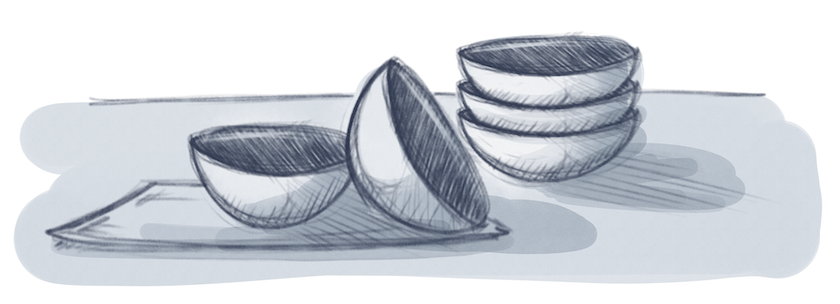
Love Letters: Reasons to Be Alive is a yearlong essay series in which we acknowledge, celebrate, and examine the objects and experiences that keep us going, even through the hardest of times. The series is free to read, for everyone, forever.
If you'd like to support the work of the team that makes this series and keeps Stone Soup running, you can subscribe here for as little as $1 per month, or you can drop a one-time donation into the tip jar.
In the meantime, remember: Do what you can. Care for yourself and the people around you. Believe that the world can be better than it is now. Never give up.
Sarah Gailey - Editor
Josh Storey - Production Assistant | Lydia Rogue - Copyeditor
Shing Yin Khor - Project Advisor | Kate Burgener - Production Designer

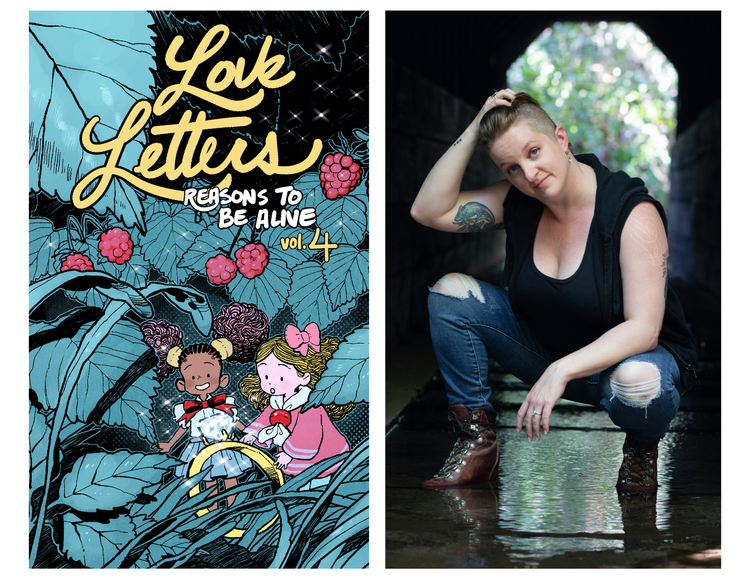
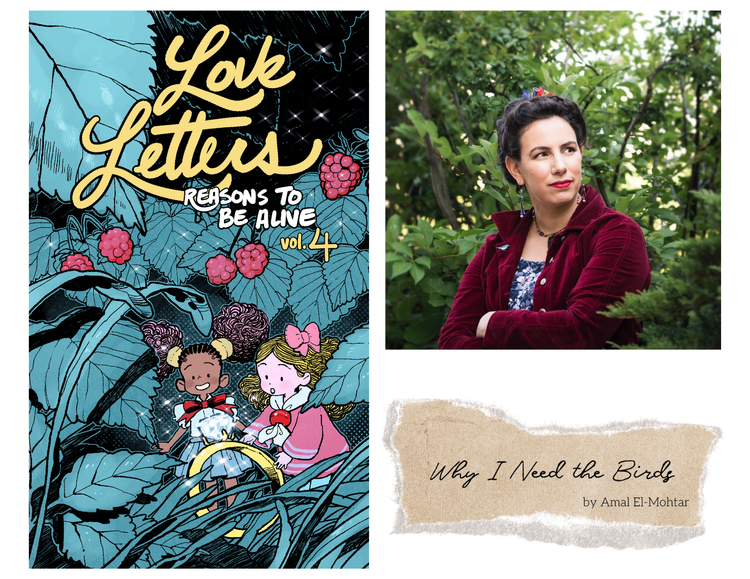
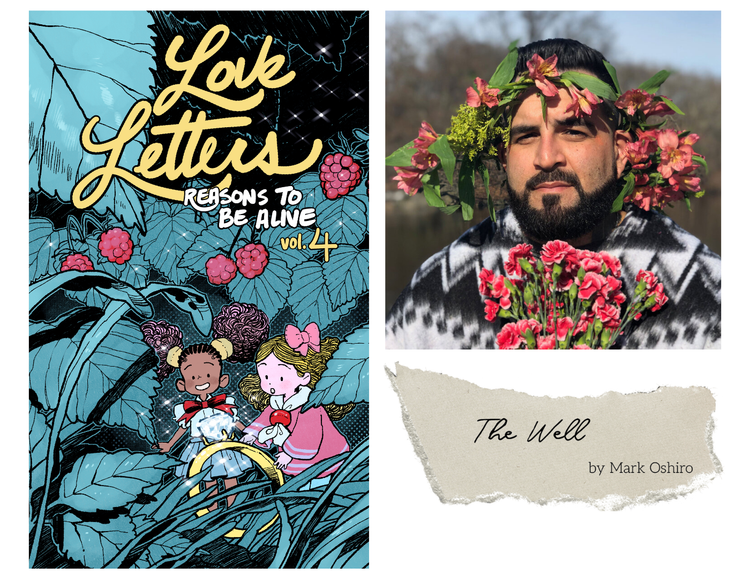
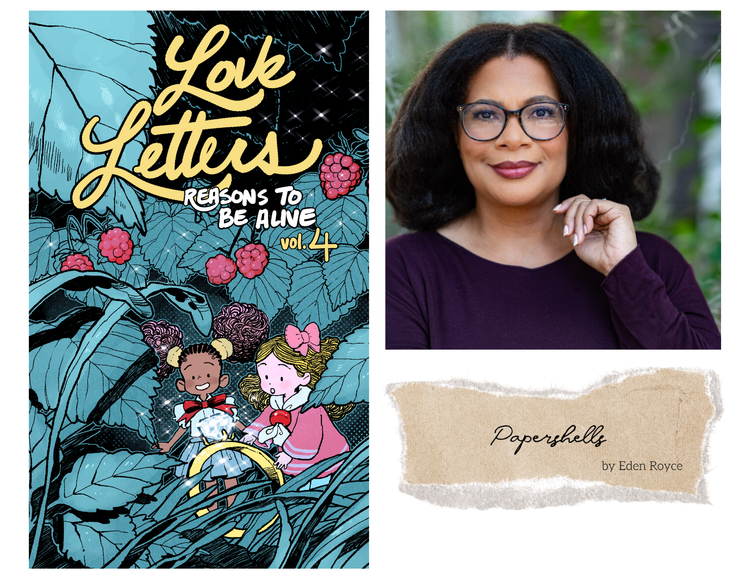

Member discussion